Technologies
Don’t Spend Money on Google Drive or Gmail Again
Follow these steps to save money on extra digital storage.

Cleaning your Google Drive and Gmail is a nice way to kickoff spring, and it could save you some money, too. Google Drive and Gmail are packed with some of Google’s most popular services. However, you only get a combined 15GB of storage space to use for free for all those services, which can fill up fast. When you’re close to your limit, Google will ask if you want to buy more storage. But you can manage your digital space for free and save yourself some money instead.
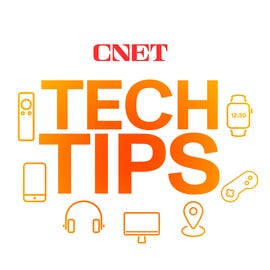

Here’s how to free up Google Drive and Gmail space on desktop and mobile so you don’t have to pay for additional storage. We recommend doing this on desktop, as you’ll have an easier time sorting through and managing files rather than doing it on your mobile device.
Delete large files first
If you only want to delete a few items from Google Drive and Gmail to free up space, you can sort each service by file size and delete one or two large files instead of a few dozen smaller items.
Here’s how to delete files by size in Google Drive on your desktop
1. Log into your Google Drive account.
2. Once logged in, click Storage in the menu on the left side of the screen.
3. The Storage page should list your files from largest to smallest, but if not click Storage Used on the right side of the screen. The files should now be ordered from largest to smallest.
4. Click large files you want to delete to select them, then click either the trash bin in the top right of your screen or drag the large files to Trash on the left side of the screen.
5. Click Trash to go to the Trash menu.
6. Click Empty Trash in the top-right corner of your screen.
7. Click Delete forever and your files are gone.
You can do this in the Google Drive app, as well. Here’s how:
1. Open your Google Drive app and log into your account.
2. Tap Files in the bottom-right corner of the screen.
3. Tap Name underneath My Drive near the top of the screen.
4. Tap Storage Used. This will arrange your files from largest to smallest.
5. Tap the three dots (…) next to the item you want to delete.
6. Tap Remove.
7. Tap the hamburger icon in the top-left corner of the screen next to Search in Drive.
8. Tap Trash.
9. Tap the three dots (…) in the top-right corner of the screen.
10. Tap Empty trash.
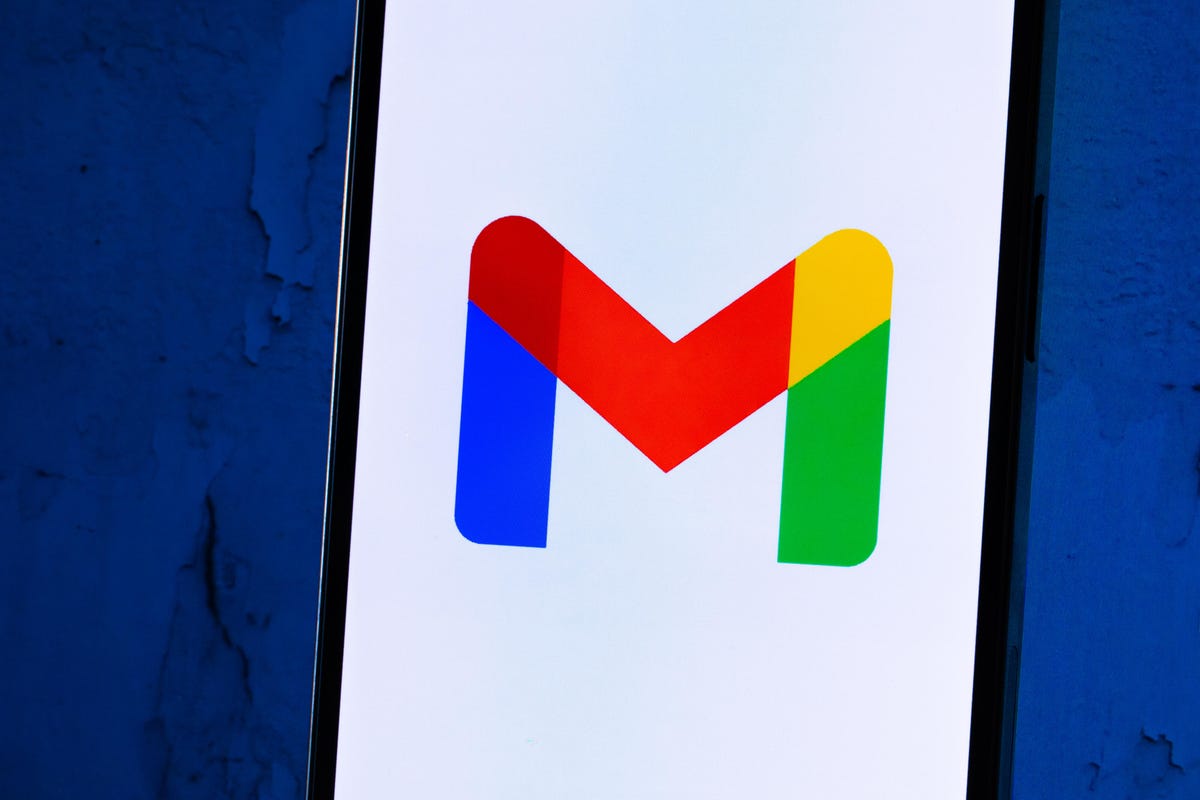

Whether you need to make room, or just to keep your Gmail tidy, it’s easy to make room for storage in the service.
James Martin/CNETYou can also arrange and delete files by size in Gmail on the desktop. Here’s how:
1. Log into your Gmail account.
2. Type has:attachment larger:10MB into the search bar and hit Search. This will show you all emails that have attachments larger than 10 MB from largest to smallest. You can use this format to filter by other size files, not just 10 MBs.
3. Check the boxes to the left of each email you want to delete, then click the Trash icon in the top-right corner of the screen.
4. Click Trash on the left side of the screen to go to the Trash menu. If you don’t see Trash, click More and Trash should be in the expanded menu.
5. Once in Trash, click Empty trash now at the top of the screen.
Here’s how to arrange and delete files by size in the Gmail app:
1. Open your Gmail app and log into your account.
2. Type has:attachment larger:10MB into the search bar and hit Search. This will show you all emails that have attachments larger than 10MB, from largest to smallest. You can use this format to filter by other size files too, not just 10MBs.
3. Tap into the email you want to delete.
4. Tap the trash bin icon in the top-right corner of your screen.
5. Tap < in the top-left corner of your screen.
6. Tap the hamburger icon in the top-left corner of the screen next to Search in mail.
7. Tap Trash.
8. Tap Empty trash now.
Note that once a file goes to Trash, it will automatically delete after 30 days.
Empty your Gmail spam folder
It’s easy to forget about emptying your spam folder, and it can double the amount of data your Gmail account uses. Emptying your spam folder (or your social or promotions folders) is an easy way to make space.
Here’s how to empty your spam folder on your desktop:
1. Log into your Gmail account.
2. Once logged in, click Spam on the left side of the screen. If you don’t see Spam, click More, and Spam should be in the expanded menu.
3. In your Spam folder, click Delete all spam messages now.
Here’s how to empty your spam folder in the mobile app:
1. Open the Gmail app and log into your account.
2. Tap the hamburger icon in the top-left corner of the screen next to Search in mail.
3. Tap Spam.
4. Tap Delete all spam messages now or Empty spam now.


Don’t let spam bog your Gmail down.
Getty ImagesClean up your Google Photos
Google also includes Google Photos in the 15GB of free storage it gives its users. Photos and videos can take up more space than text-based files so it’s a good idea to go through and delete old photos and videos to make room.
Unfortunately, there’s no option to arrange your photos and videos from largest to smallest like in Google Drive and Gmail, so you will have to go through and delete items manually.
Here’s how to delete photos and videos from Google Photo on your desktop:
1. Open and log into Google Photos.
2. Scroll your mouse over photos and videos you want to delete and click the gray check mark icon in the top left corner of the photo or video.
3. Click the trash icon in the top right corner of the screen.
4. Click Move to trash.
5. Click Trash on the left side of the screen.
6. Click Empty trash near the top-right corner of your screen.
7. Click Empty trash again, and you’re set.
Here’s how to delete photos and videos from the Google Photo mobile app:
1. Open and log into Google Photos.
2. Tap the photo or video you want to delete.
3. Tap the trash icon in the bottom-right corner of the screen.
4. Tap Delete.
5. Tap Library in the bottom-right corner of the screen.
6. Tap Trash.
7. Tap the three dots (…) in the top-right corner of the screen.
8. Tap Empty trash.
9. Tap Delete.
If you don’t click or tap Empty trash on either platform, the photos and videos you’ve deleted will automatically delete after 60 days.


Photos and videos in Google Photos can take up a lot of storage.
Sarah Tew/CNETWhen all else fails, download your files
If your storage is still almost full and you can’t part with any more items from your Google Drive, Gmail or Google Photos, you can download your items and store them directly on your computer.
Here’s how to download your Google Drive files for storage on another hard drive.
1. Open and log into your Google Drive account on your desktop.
2. Select the files you want to download.
3. Click the three stacked dots in the upper-right corner of your screen.
4. Click Download.
5. Once the items are downloaded, feel free to delete them from your Google Drive.
You can also download your emails from Gmail. Here’s how:
1. Open and log into your Gmail account on your desktop.
2. Click and open an email you want to download.
3. Click the three stacked dots next to the date of the email.
4. Click Download message.
5. Once the emails are downloaded, you can delete them from your Gmail.
Here’s how to download photos and videos from Google Photos:
1. Open and log into your Gmail account on your desktop.
2. Click and open a photo or video you want to download.
3. Click the three stacked dots in the top-right corner of the screen.
4. Click Download.
5. Once the items are downloaded, you’re free to delete them from your Google Photos.
For more, check out these 10 Gmail tips and tools, nine Google Drive features you might have missed and five Google Photos features to try now.
Technologies
Sora and Google’s Nano Banana Pro Are Slammed, and Scale Back Free Videos and Images
OpenAI and Google are reducing the number of image or video requests you can make on their latest media-generation platforms.
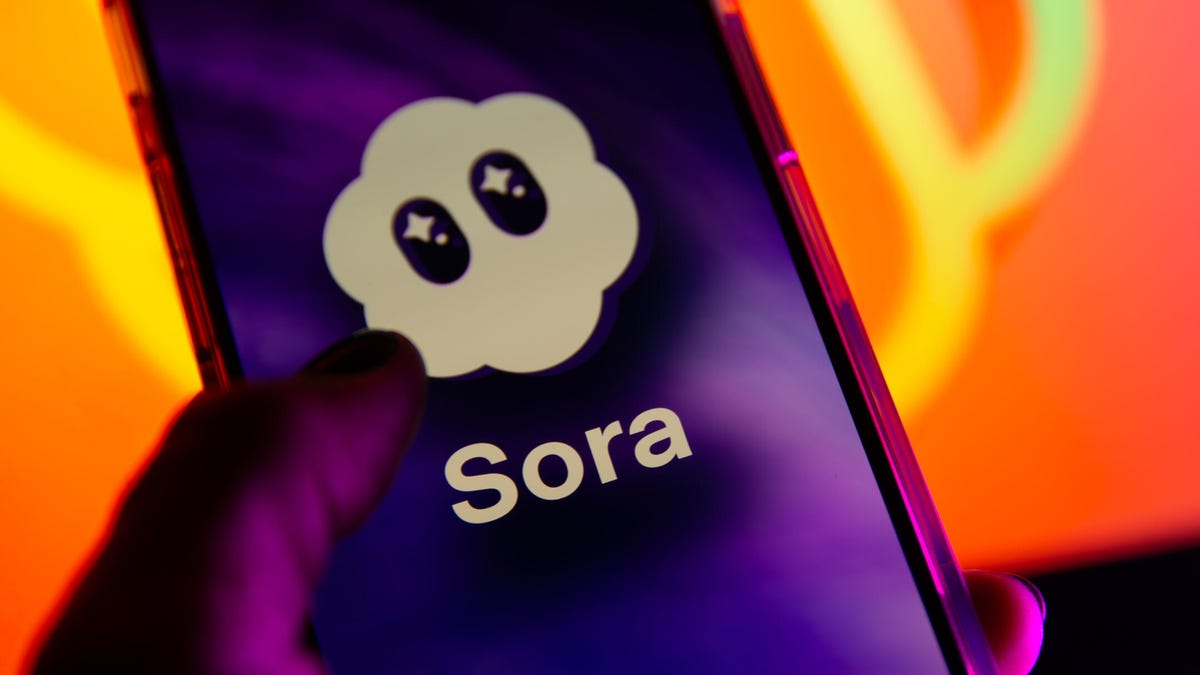
Maybe it’s because of the holiday weekend.
OpenAI’s video generator Sora and Google’s image generator nano banana pro are placing new limits on how many videos (in the case of Sora) and AI images (in the case of nano banana pro) you can make per day.
With more people using their Thanksgiving weekend idle time to, say, make AI videos of cats as angry service industry cashiers, it’s likely these services are hitting their limits.
Bill Peebles, OpenAI’s head of Sora, posted on X, «our gpus are melting, and we want to let as many people access sora as possible!» GPUs are the graphics processing units used by AI services for the complex computations they need to perform.
Peebles wrote that Sora will limit free video generation to six videos per day. ChatGPT Plus and Pro accounts won’t see any changes.
«And everybody can purchase additional gens as needed,» he wrote.
Don’t miss any of our unbiased tech content and lab-based reviews. Add CNET as a preferred Google source.
Gemini limits
As for Google’s image generator, a Gemini support page says that those without a Google AI plan are now limited to two images generated and edited per day with nano banana pro. The previous limit was three, according to 9to5Google, which also spotted new usage limits on Gemini 3 Pro that are variable. The same support page says free access to Gemini 3 Pro Thinking includes «Basic access — daily limits may change frequently.»
The limit for nano banana (the previous 2.5 non-pro version) is 100 free images per day.
A representative for Google did not immediately respond to a request for comment.
(Disclosure: Ziff Davis, CNET’s parent company, in April filed a lawsuit against OpenAI, alleging it infringed Ziff Davis copyrights in training and operating its AI systems.)
Technologies
If You Don’t Want to Pay AirPod Prices, I Found Great Noise Canceling Earbuds That Are Only $53 for Black Friday
You don’t need to spend a fortune to get a great pair of earbuds.
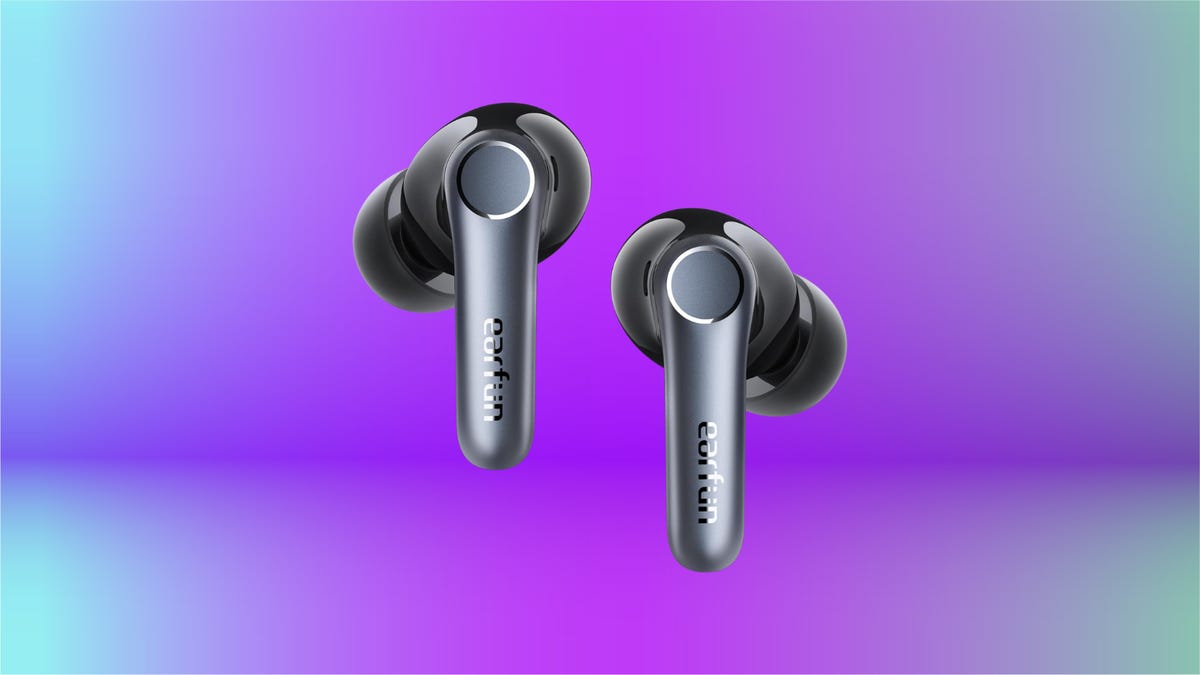
Black Friday deal alert: If you’re looking for a new pair of noise-canceling earbuds, there are some good deals on Apple AirPods right now, but you might be able to spend half as much to get similar performance. I’ve found that the Air Pro 4 earbuds from Earfun are legitimate contenders to the AirPods, at a much lower price. Right now at Amazon for Black Friday, you can get the Air Pro 4s for a steal — they’re 34% off, which drops their price down to $53.
In short, they’re great, and the black ones are currently available on Amazon for $53, near the lowest price we’ve ever seen them sell for. The other colors are also on sale; the glossy white and royal blue are both $68.
Hey, did you know? CNET Deals texts are free, easy and save you money.
HEADPHONE DEALS OF THE WEEK
-
$248 (save $152)
-
$170 (save $181)
-
$199 (save $150)
How these earbuds silence the noise around you
I prefer in-ear headphones because they offer active, electronic and passive noise cancellation. Passive noise cancellation basically consists of plugging your ears with the rubbery tips included with the earbuds.
The Earfuns fit well for me when I use the second-largest of the five swappable ear tip sizes, and they stay sealed and comfortable for hours. Sometimes I have to reseal one after I yawn or something, but that’s the case with other in-ear headphones, too.
For reading, I prefer Earfun’s «Strong ANC» noise-canceling mode, which makes a big difference when blocking out the noise around you, but there are a bunch of other noise-cancellation options. The Ambient Sound function is good for when I want to pay attention to my surroundings.
Overall, I found the app easier to use than Sony’s and just as capable. The main difference is that Sony’s app has a variable slider for ambient sound.
The Earfun app also includes a white noise section in the app. Normally, I prefer Spotify for white noise (and I download my favorite playlists for offline listening) but this feature is useful for people who don’t have another music service. It includes birdsong, waves and rainfall, all of which are short clips that repeat automatically.
Why I chose these earbuds over AirPods
These headphones have every other feature I’d expect, including the ability to connect to two devices simultaneously and programmable touch-sensitive controls on the buds. Plus, battery life has been more than ample for me, even after a marathon reading session.
There’s also a finder function if you misplace either earbud (unlike Apple FindMy, however, they have to be connected and in Bluetooth range). For actual music and voice calling quality, they sound fine, albeit not as good as my big Sonys.
I have an iPhone and briefly thought about buying Apple AirPods, but I didn’t want to spend the money. The AirPods 4 with noise cancellation cost $115 more than these Earfuns and have an open-ear design, so they rely entirely on the electronic (not passive) method. The AirPods Pro 2 are in-ear and superb, but I didn’t want to spend $250 on a pair of secondary headphones.
Yes, I could probably save some money on an even less expensive pair of in-ear noise-cancelling headphones, but I’m not sure I’d be as happy with their fit, long-term comfort, battery life and noise-cancellation performance. The Earfun Pro 4 buds help me relax and concentrate on my book, and for me that’s priceless.
For more headphone savings, check out our roundup of all the best deals on headphones, or find bargains of all kinds in our roundup of the best Amazon Prime Day deals going on now.
Join Our Daily Deals Text Group!
Get hand-picked deals from CNET shopping experts straight to your phone.
By signing up, you confirm you are 16+ and agree to receive recurring marketing messages at the phone number provided. Consent is not a condition of purchase. Reply STOP to unsubscribe. Msg & data rates may apply. View our Privacy Policy and Terms of Use.
Technologies
I Have a Flashlight Fetish and My Favorite New Olight Is 20% Off for Black Friday
Olight’s sleek new pocket flashlight, the ArkPro, is normally $100. But it’s down to $80 for Black Friday and Cyber Monday.
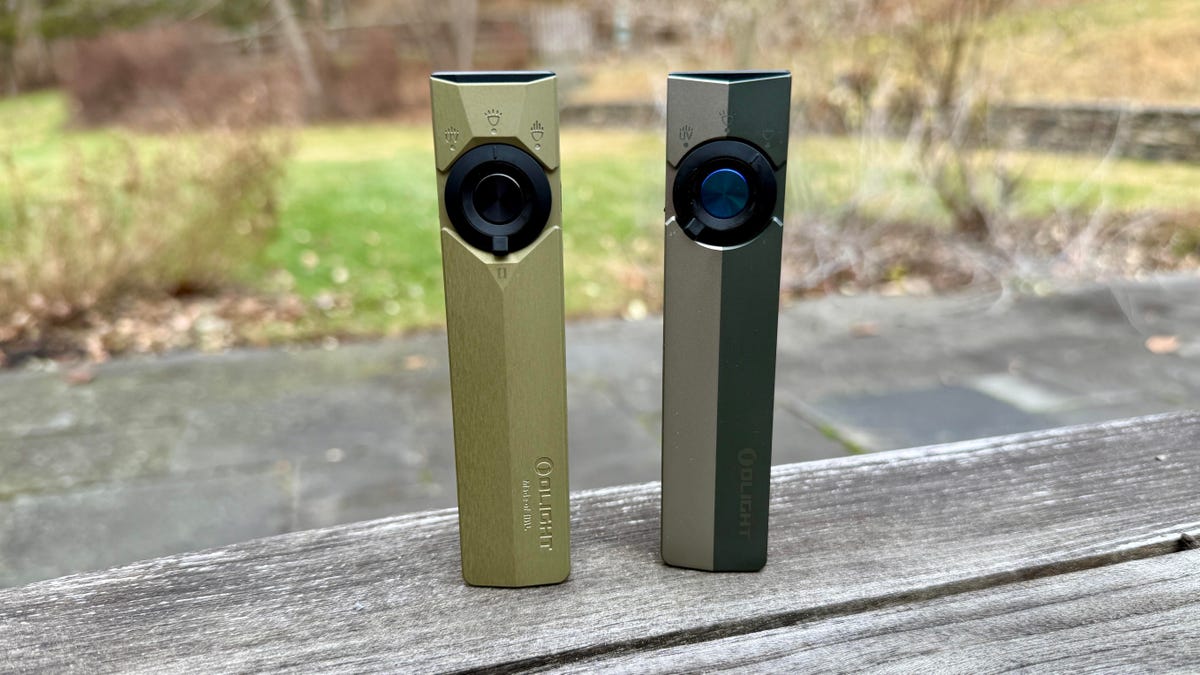
Truth be told be told, I have a thing for flashlights. Not a bad thing, just a certain appreciation for a well-designed torch, as the Brits might say.
Bright flashlights are good, naturally, but a small, sleekly designed rechargeable everyday carry flashlight that puts out a decent amount of light is high on my list of flashlight favorites, and the new Olight ArkPro and its slightly brighter sibling, the ArkPro Ultra, fit the bill. They’re both on sale for Black Friday and Cyber Monday for 20% off. The ArkPro is down to $80 ($100 list) while the ArkPro Ultra’s price has dipped to $104 ($130 list).
The flashlights are upgraded versions of Olight’s Arkfeld Pro ($70) and Arkfeld Ultra ($84), with higher brightness ratings. Both new models have similar flat, IPX7 waterproof designs with sturdy metal bodies and a magnetic base that allows you to attach the flashlight to anything metal. There’s also an integrated clip-on mount, and they come in cool white and neutral white color temperature versions.
You get three lighting modes: a 1,500-lumen floodlight mode (1,700 lumens for the ArkPro Ultra), an 800-lumen, 205-meter reach spotlight mode (it’s the same for the Ultra) and a UV light mode. You can also activate a green beam laser pointer.
The flashlights come with a wireless charger that magnetically attaches to the base, but you can also charge them via USB-C, which I found more convenient.
I mainly tested the flashlights while walking my dog at night in a pretty remote rural area in New York. The floodlight mode works better for dog walking, but I’d sometimes switch to spotlight mode when I wanted to gauge what was further ahead of us or check whether anything was lurking in the trees or bushes.
These smaller EDC flashlights are well-suited to a variety of activities, including camping and anything you’re doing where you’d like to have a flashlight handy that you can easily carry around in a pocket. You can find similar flat flashlight designs from other brands on Amazon — some of them for significantly less money. However, Olight is considered a premium EDC flashlight brand, though some flashlight enthusiasts are less enthusiastic about the brand for a few reasons. That said, I’m just fine recommending these new ArkPro models when they’re discounted like this. And they do make for nice gifts this time of year.
Join Our Daily Deals Text Group!
Get hand-picked deals from CNET shopping experts straight to your phone.
By signing up, you confirm you are 16+ and agree to receive recurring marketing messages at the phone number provided. Consent is not a condition of purchase. Reply STOP to unsubscribe. Msg & data rates may apply. View our Privacy Policy and Terms of Use.
-

 Technologies3 года ago
Technologies3 года agoTech Companies Need to Be Held Accountable for Security, Experts Say
-

 Technologies3 года ago
Technologies3 года agoBest Handheld Game Console in 2023
-

 Technologies3 года ago
Technologies3 года agoTighten Up Your VR Game With the Best Head Straps for Quest 2
-

 Technologies4 года ago
Technologies4 года agoBlack Friday 2021: The best deals on TVs, headphones, kitchenware, and more
-

 Technologies4 года ago
Technologies4 года agoVerum, Wickr and Threema: next generation secured messengers
-

 Technologies4 года ago
Technologies4 года agoGoogle to require vaccinations as Silicon Valley rethinks return-to-office policies
-

 Technologies4 года ago
Technologies4 года agoOlivia Harlan Dekker for Verum Messenger
-

 Technologies4 года ago
Technologies4 года agoiPhone 13 event: How to watch Apple’s big announcement tomorrow
